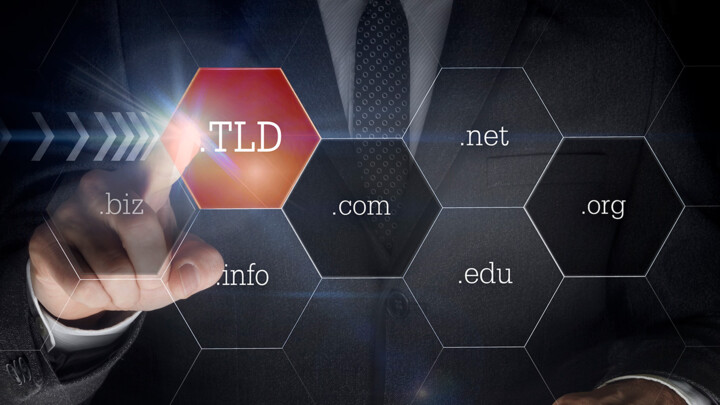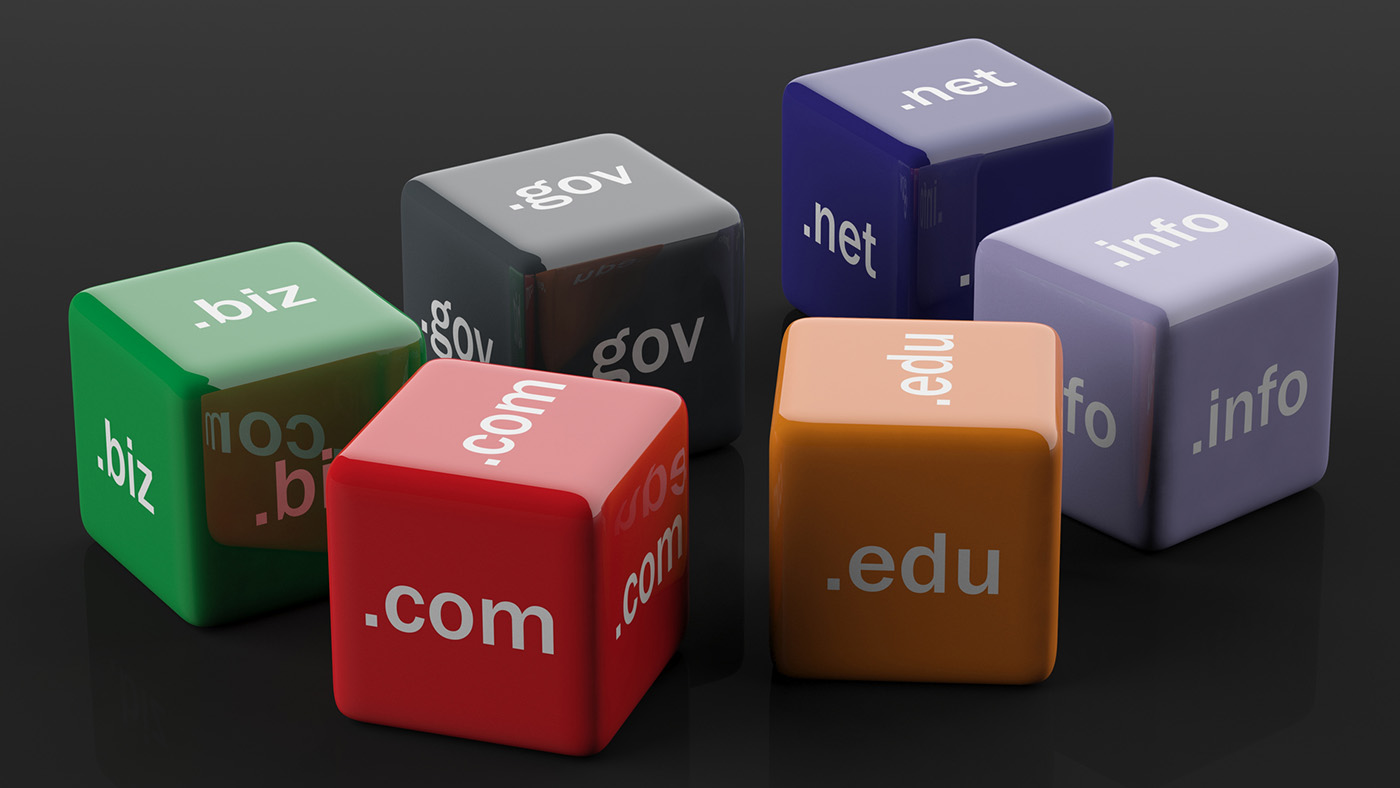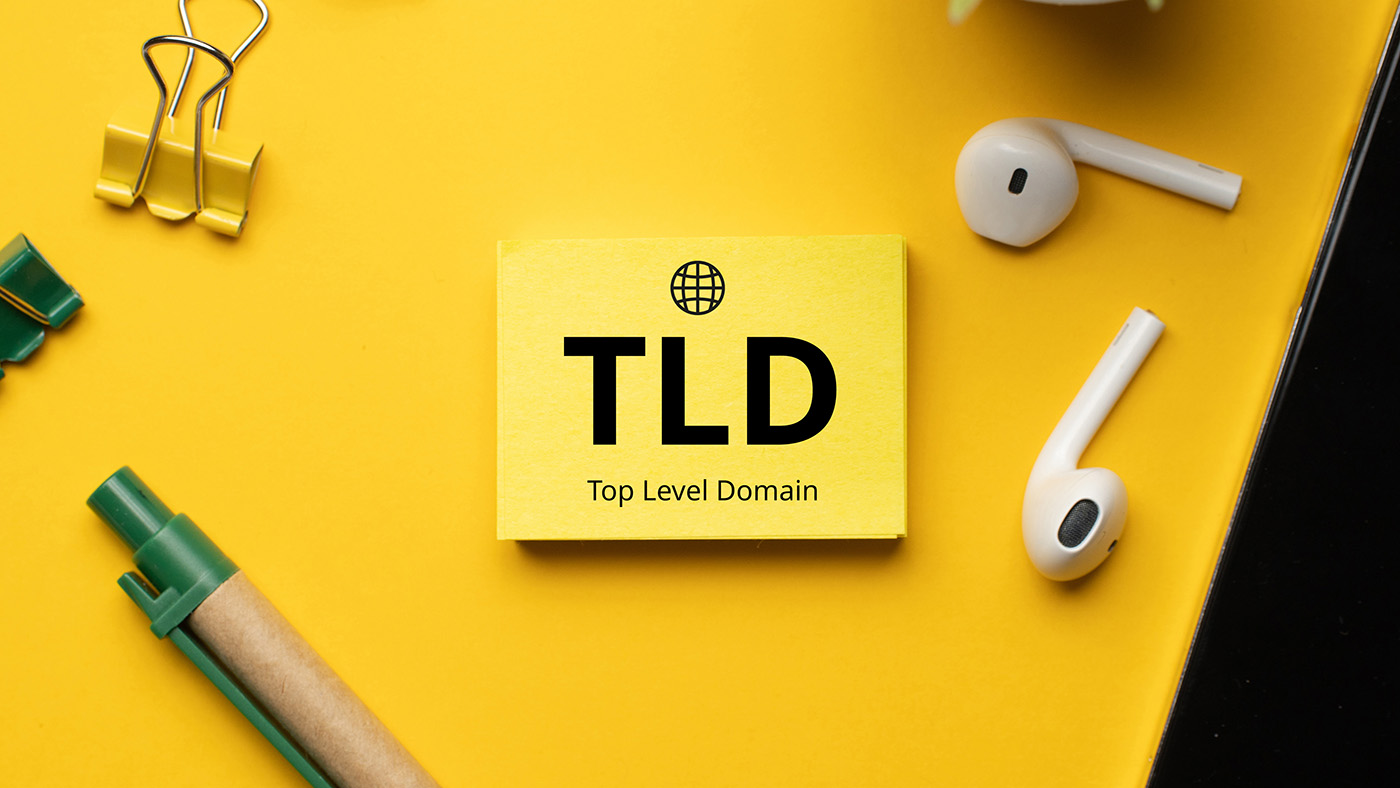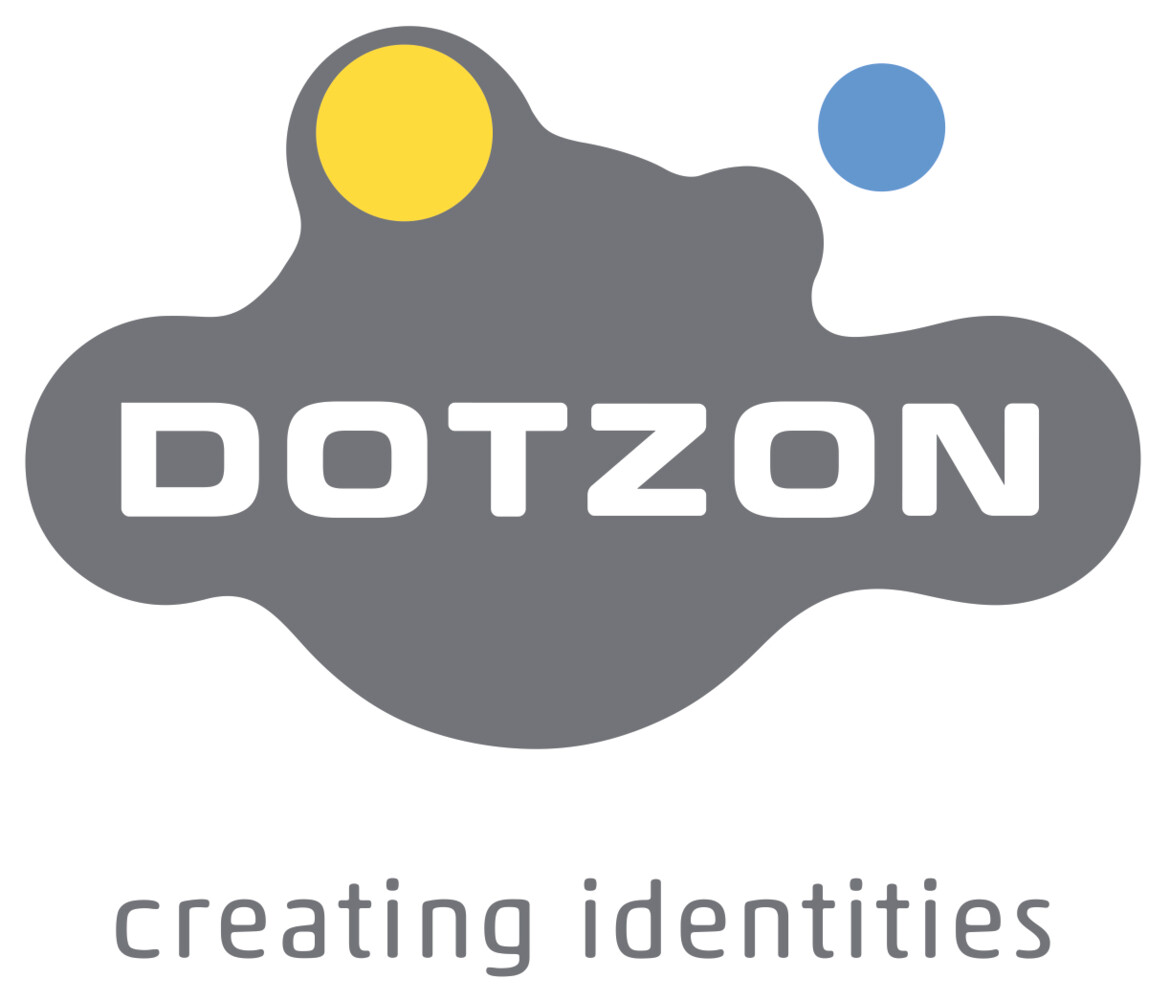Your own top-level domain: a decisive factor for the security of your IT infrastructure
Katrin Ohlmer, Founder & Managing Director of DOTZON GmbH, explores how owning your own top-level domain can boost security, independence, and digital identity.

©denizbayram | istockphoto.com
It is more important than ever to put the IT infrastructure at the top of one’s agenda, as any website, email or online platform can become a gateway for cybercriminals. In addition to cyber-attacks, the dependence on third parties is also increasing. However, it is possible to take control of the IT infrastructure: Establishing their own top-level domain allows companies, organizations, cities, and regions to increase independence while creating a secure basis for all their communication activities in the digital world.
Why is an independent communication infrastructure important?
The dependence on Internet infrastructure providers has grown enormously, and so have the conditions under which global communication on the Internet is possible. For example, companies depend on the underlying service providers for their communication infrastructure. This applies to services such as email, hosting, or DNS, and domain registries like .com or .de. In effect, companies have only limited influence on the features they can use for secure communication with third parties.
The potential impact of this is demonstrated by cases such as that of Airbnb. The online vacation rental marketplace had lost access to their domain tilt.com as they had failed to renew it, and didn’t keep the Whois information up to date. This was particularly unfortunate as tilt.com was a well-known domain that was frequently mentioned in media reports. Another case occurred in 2023, when there was a major hacker attack on several websites of German cities, including Cologne, Dortmund, Frankfurt, and Nuremberg. The websites had to be taken offline, meaning that no communication was possible until the fault had been rectified.
The dependency on social platforms for communication is an ongoing challenge, too. Security breaches, for example, have to be addressed promptly by those in charge. In addition, it is important to keep in mind that these platforms can change their terms and conditions at any time, and that changes of the algorithm are, in fact, the order of the day.
The example of X (formerly known as Twitter) shows how little influence can be exerted on such platforms by companies, organizations, cities, or regions. Since Elon Musk purchased the social network, regulations to curb hate speech and disinformation have been continuously weakened. A fair, secure, and reliable Internet has thus receded into the realms of fantasy. It is now questionable whether such a place is still the right environment for one’s own communication activities.
How does having your own TLD ensure independence?
Top-level domains offer many possibilities for designing the communication infrastructure, and they provide a self-regulated environment for internal as well as external communication activities. Businesses who operate their own top-level domains, for instance, are free to manage all of their domain and DNS settings themselves, and thus have full control over their digital architecture. They are able to design the structure of their web addresses entirely according to their needs, without being bound to external service providers.
Numerous companies, organizations, cities, and regions are already taking advantage of these benefits. Especially in the finance and healthcare industries, where the handling of sensitive data is part of the job, secure communication is a top priority. With their own top-level domains, these companies are sending a strong signal to their target groups that a secure digital communication infrastructure is of utmost importance to them.
Germany’s largest stand-alone financial services distributor DVAG, for example, uses the login page meine.dvag (“my”) to provide its financial advisors with secure access to their systems. More than 6,500 of these advisors have a. dvag domain themselves to get in touch with their customers. In addition, DVAG operates further websites for their digital communication, such as unternehmensbericht.dvag (“business report”), or the job portal karriere.dvag.
A secure communication infrastructure for local authorities
Just like companies, local authorities need to be sure that their digital infrastructure is secure, reliable, and trustworthy. Whether it’s citizen services, tourism offers, or student portals – their users always expect a secure communication infrastructure and responsible handling of their data. The city of Hamburg, for example, shows how it is able to live up to these requirements by using the top-level domain. hamburg for numerous websites.
One of them is urbandataplatform.hamburg. The website provides access to various kinds of data for further use. While on the one hand the city government emphasizes the importance of treating these data responsibly, on the other hand, it also encourages using these data for all kinds of creative ideas. One project, for example, is a digital service for citizens that helps them find out where in Hamburg they can find legally accessible fruit trees.
Positive impact on digital reputation
In addition to the advantages in terms of secure communication, a well-managed Internet infrastructure also has a positive impact on the digital reputation and brand identity. The Bavarian car manufacturer BMW, for example, uses its own top-level domain .bmw to present larger BMW car dealers in a uniform way, such as reisacher.bmw or ungeheuer.bmw. As an additional service, BMW provides its dealers with an attractively designed content management system that still leaves room for local individuality under a unified roof. At the same time, security updates are managed centrally, which reduces the risk of security vulnerabilities.
The city campaign of Berlin #WIRSINDEINBERLIN (“we are one Berlin”) has found its digital home at the .berlin domain wir.berlin. The campaign was designed to encourage freedom, tolerance, and diversity and aims to build bridges between the citizens of Berlin. At the website, they also have the possibility to get actively involved: They can, for instance, design their own Berlin bear mascot, or add their own slogans to the campaign. The campaign shows well how the city’s own top-level domain complements its public image and provides a high recognition value.
How to get your own top-level domain
The last time it was possible to apply for a top-level domain was in 2012. At that time, 1,930 applications for the new extensions had been submitted. Those who are planning to rely on their own communication infrastructure as well will have the opportunity next year: from the end of April to August 2026, ICANN plans to reopen the application window for the first time, providing another chance to achieve more independence for the digital communication infrastructure.
After the application window has closed, ICANN will publicly announce the application received on “Reveal Day”. ICANN will then conduct intensive reviews on the applications and expects the first top-level domains to be approved approximately 15 months after the end of the application period. This means that in 2027 your own top-level domain could be lying under the Christmas tree.
Katrin Ohlmer is an expert in Internet Governance, Internet Infrastructure and Digital Brands. She is the Founder and Managing Director of DOTZON, a consultancy specializing in developing Digital Brands and Identities. She regularly speaks at international conferences and supports the Internet Governance Organization ICANN in developing policies, which deal with the enhancement of the namespace on the Internet.
Please note: The opinions expressed in Industry Insights published by dotmagazine are the author's/interviewee’s own and do not reflect the view of the publisher, eco – Association of the Internet Industry.





